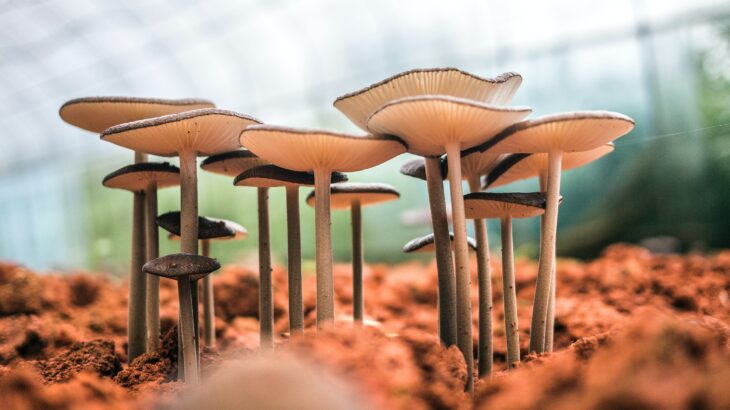Scientists who study cancer have historically focused on understanding different factors that contribute to its development and progression. They’ve looked at factors like genes, lifestyle choices, and even bacteria. However, few researchers have examined the role of fungi in the human body and how they might influence cancer.
Researchers from Israel and the USA recently characterized the fungi living within human cancer tissue. They took samples from the tumors, blood, and plasma of more than 1,000 people with different types of cancer, and subjected them to a type of DNA sequencing called ITS2 amplicon sequencing. They used this sequencing method to identify the presence of various fungal species in the cancer tissues and to measure how many fungal cells were living there.
The researchers found bits of fungal DNA and cells in tissue from various human cancers. For example, they found several types of fungi associated with breast cancer, including Cladosporium sphaerospermum, which mainly affected patients over 50 years old. They also found Malassezia globosa, a skin fungus that affected patients with pancreatic cancer, and Malassezia restricta, another skin fungus, in breast cancer tissue. In addition, they found species of Aspergillus and Agaricomycetes in lung cancer samples, especially in patients who smoke.
The researchers explained their results were surprising, since skin fungi are not typically associated with breast cancer. Furthermore, they suggested the Malassezia globosa DNA found in both breast and pancreatic cancer samples implied it could play a broader role in cancer development.
Next, the scientists confirmed the fungi were growing in the cancerous tumors using a method called tissue staining. Tissue staining is like adding color to a black-and-white picture. In this case, the picture was the tissues taken from different types of cancers — melanoma, pancreas, breast, lung, and ovarian cancers. When they stained these tissues, they saw the fungi were frequently located next to the cancer cells.
The team interpreted their results to indicate that fungi could impact the progression of cancer. They suggested these fungi could have a symbiotic or even pathogenic relationship with the cancers. In particular, they suggested the fungi could be acting as opportunistic pathogens, meaning they were taking advantage of a patient’s weakened immune system to provoke infections they wouldn’t typically cause in a healthy person.
Finally, the researchers used an advanced computational method, known as machine learning, to recognize and identify patterns in their DNA data. They wanted to test whether different types of cancer hosted specific types of fungi. The scientists confirmed different fungal communities inhabited different types of cancer tissue.
The scientists concluded that understanding the relationship between fungi and cancer could help doctors develop new tools to diagnose and treat cancer patients. In particular, the researchers suggested doctors could categorize fungal DNA in a patient’s blood samples to detect what type of cancer they have. They suggested fungi could provide a new non-invasive fingerprint for the early detection of cancer.


